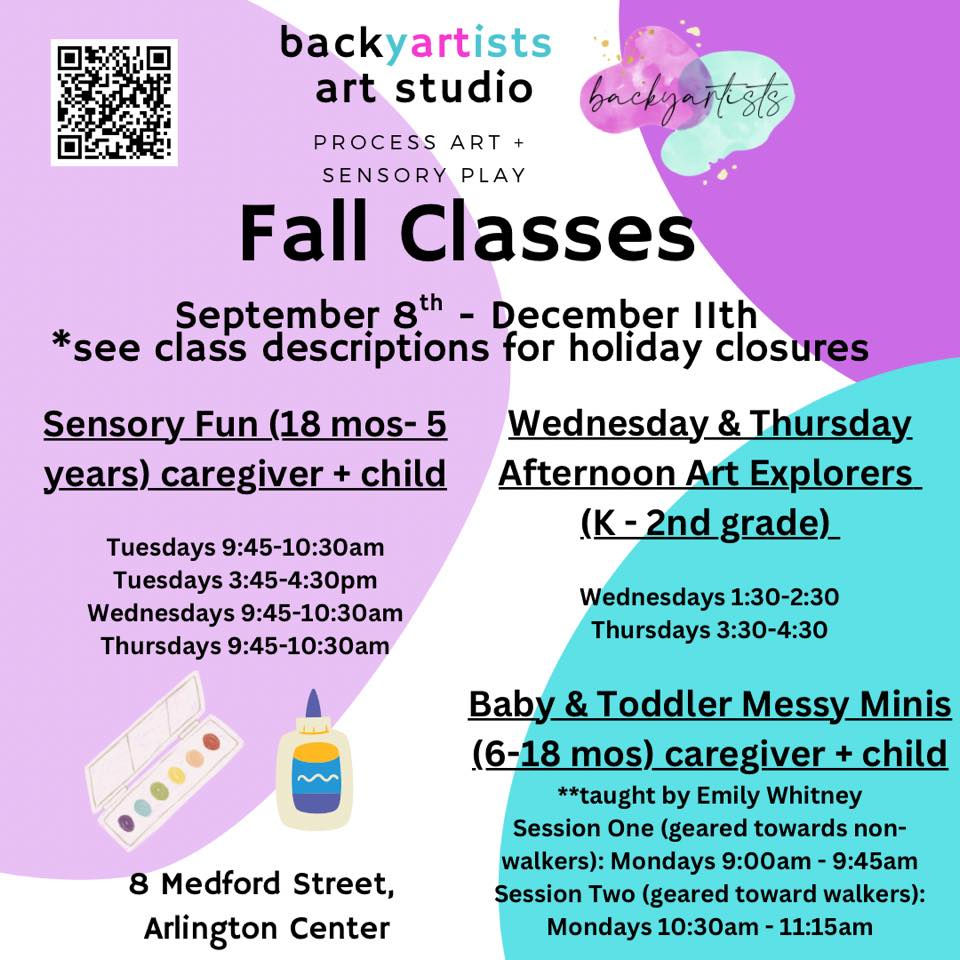Transitioning into childcare for preschoolers
- efoughty
- Sep 4
- 2 min read
Your child is developmentally ready for preschool and the best school has been chosen. The big day arrives—how will your child handle the first day of preschool? Here are some tried-and-true transition tips:
Be sure in your own mind that the environment your child is entering is a sound and sensitive one—confident and reassuring thoughts are contagious (as are anxieties and uncertainties).
Visit the school in advance of enrollment to allow your child to familiarize himself in his own way. Learn the teacher’s name and introduce your child.
Take a picture of the teacher, school, or classroom before starting. A photo makes the idea of going to school less abstract and makes a new environment more familiar.
Explain what to expect—painting, playing outside, looking at books—but avoid promising that it will always be fun right from the start.
Go in a few minutes early on the first day—nobody likes walking into a party already in full swing!
Befriend a classmate during the summer and have the children arrive together on the first day. Practice saying “hi” and asking another person’s name.
Shop for a new lunchbox or clothes, letting the child choose.
Mark school days on a special, accessible calendar.
Upsets are understandable—it’s a new situation! Resist the temptation to dismiss fears and tears, instead reassuring the child that it is OK to feel sad about missing someone. Remind the child that you will be reunited every day.
Anger at being “left” at school is a possible reaction, as is fear (sometimes expressed through unusual risk-taking by the child) and uncharacteristic introversion. Any of these reactions is positive evidence of the child’s separation adjustment.
Hang out a bit—some children may need an extra five minutes for a story or help getting involved in an activity. Or hang out a lot—some teachers invite parents to stay the whole time for the first few days, depending on what the child needs.
Ask the teacher—how do they cope with the transition blues? Many teaching teams have well-developed and well-tested phasing-in plans.
Favorite objects—a doll, blanket, family photo—can serve as a bit of home during the adjustment period. It is best to wait for the child to suggest these rather than giving the child the idea that he or she will need something to get through the day.
Put a note or picture in your child’s lunchbox. A “see you soon” note can be exciting.
Say goodbye—slipping out secretly can undermine trust—and make the goodbye short, warm, and firm. Remind your child that you will return at whatever time of day marks your return.
Allow time for your child to unwind after being picked up from school. Remember that your child has expended a lot of energy at school and may need to release and relax. A regular pickup routine can help transition the child back to home.
Alterations in well-established sleeping, eating, or toileting routines may occur. Childcare expert Dr. T. Berry Brazelton calls that “regression and reorganization”—temporary backward steps that herald a spurt of development.
Adapted from “First Days of Preschool,” by Lilian G. Katz in Parents magazine, “Easing Into Preschool,” by Dana Sullivan in Parenting magazine, the “Separation Handbook,” courtesy of Great Expectations Preschool, and “Making the Preschool Decision,” by Dr. T. Berry Brazelton.



Comments